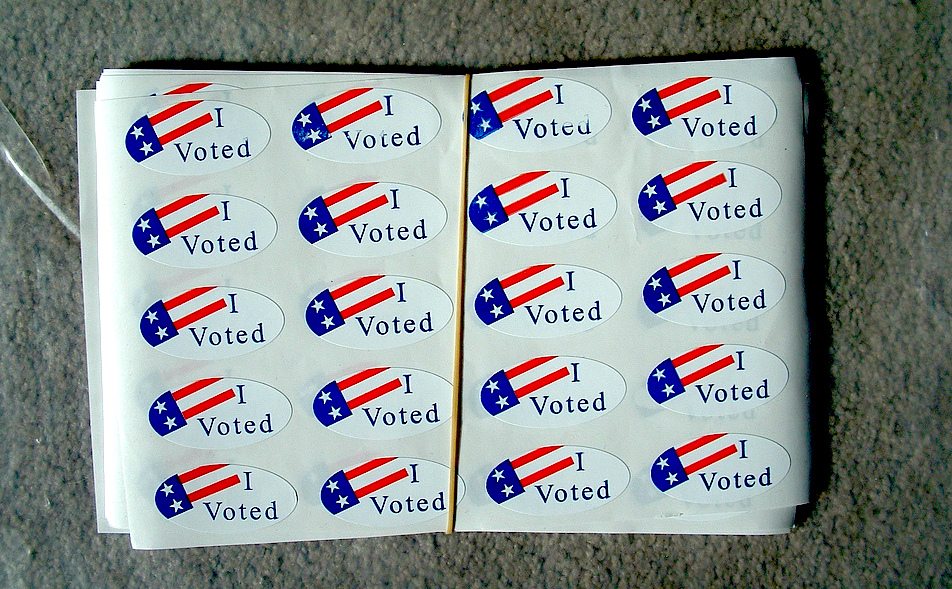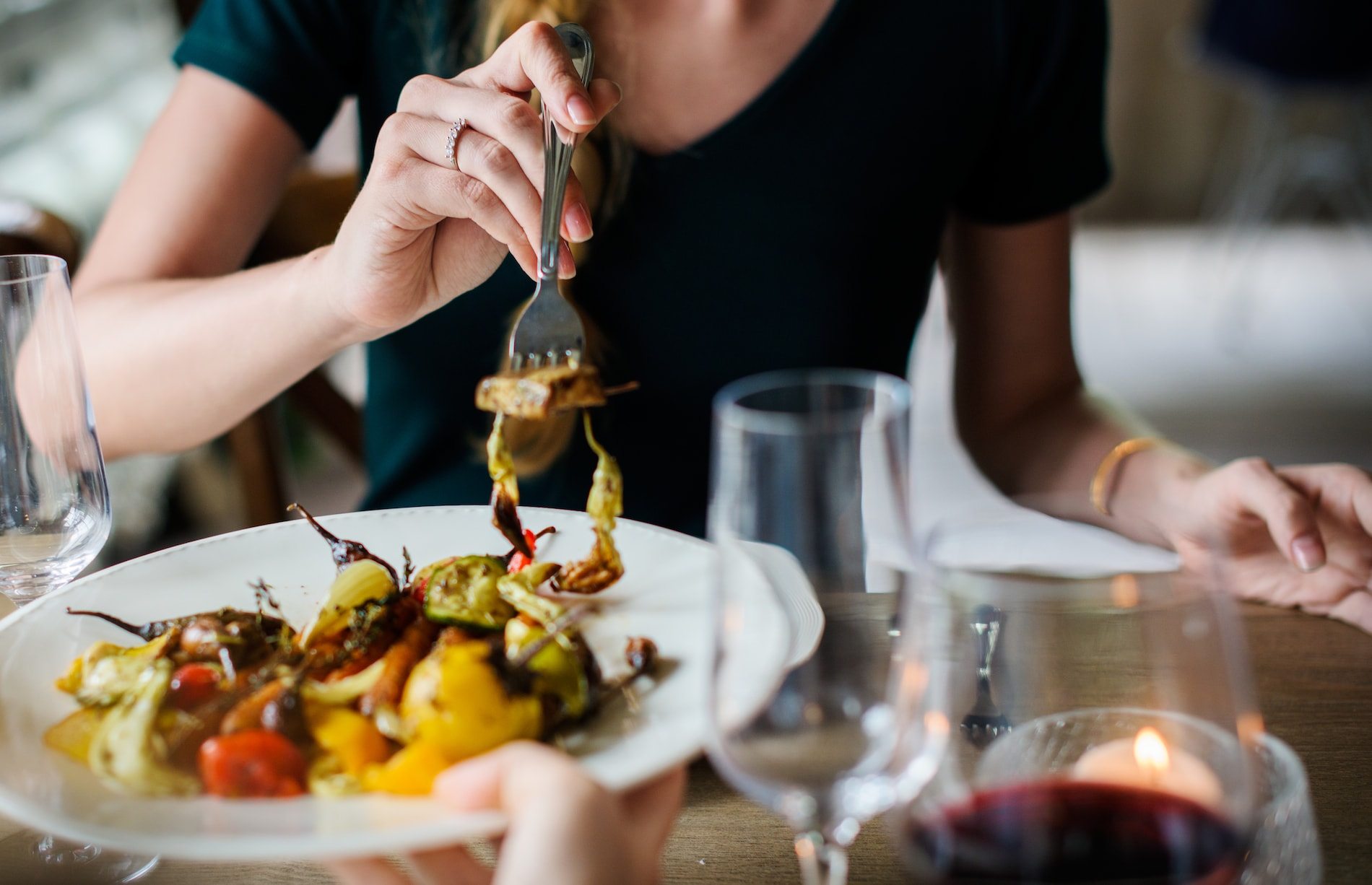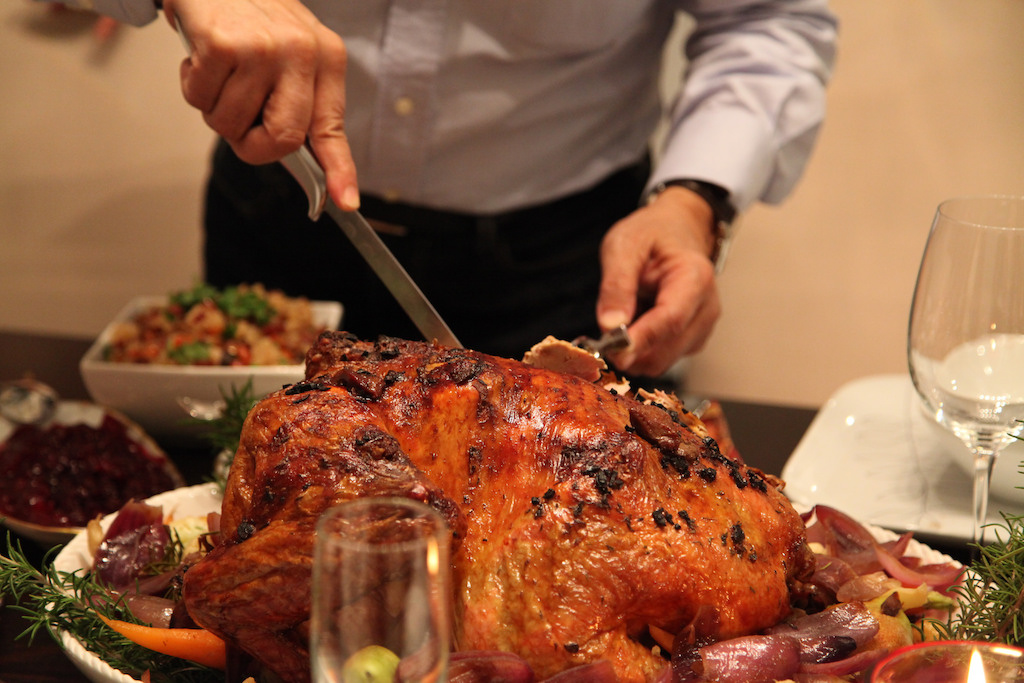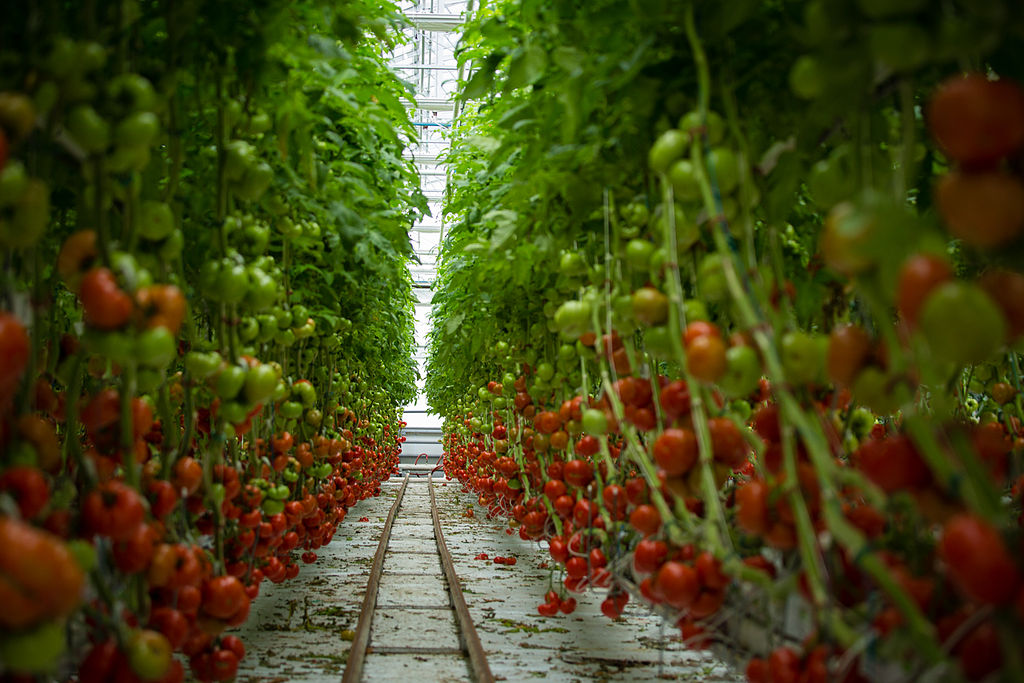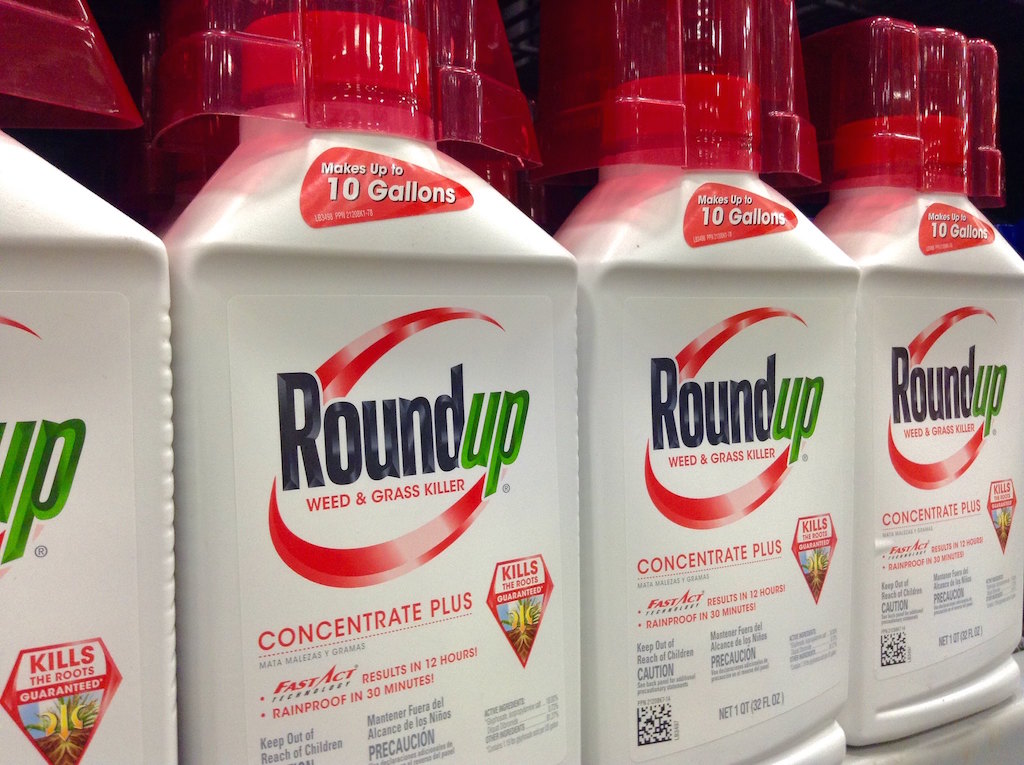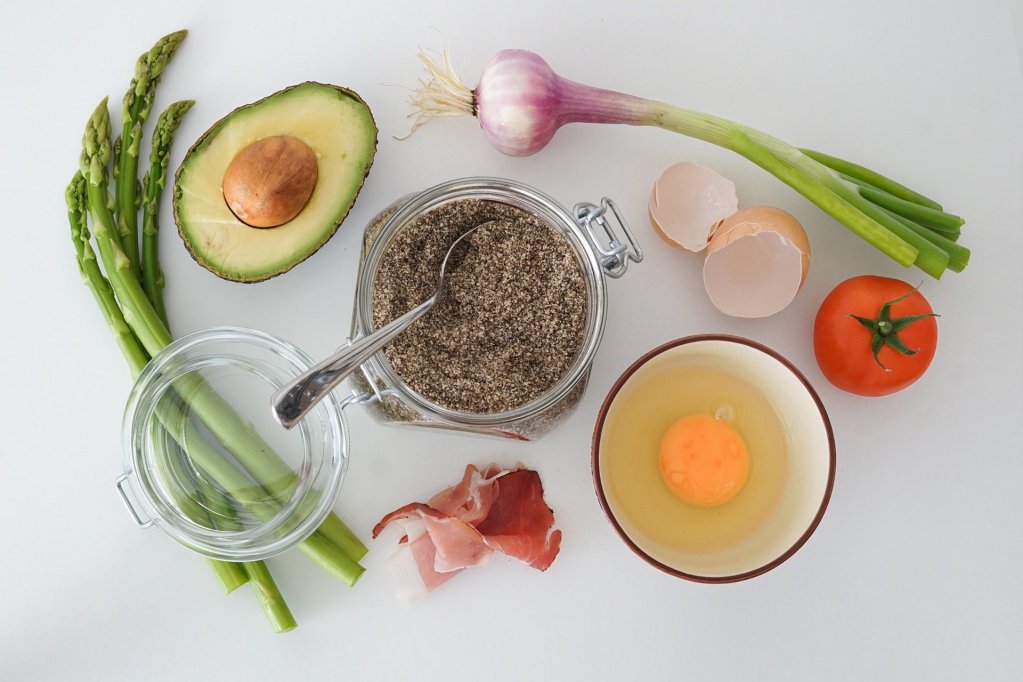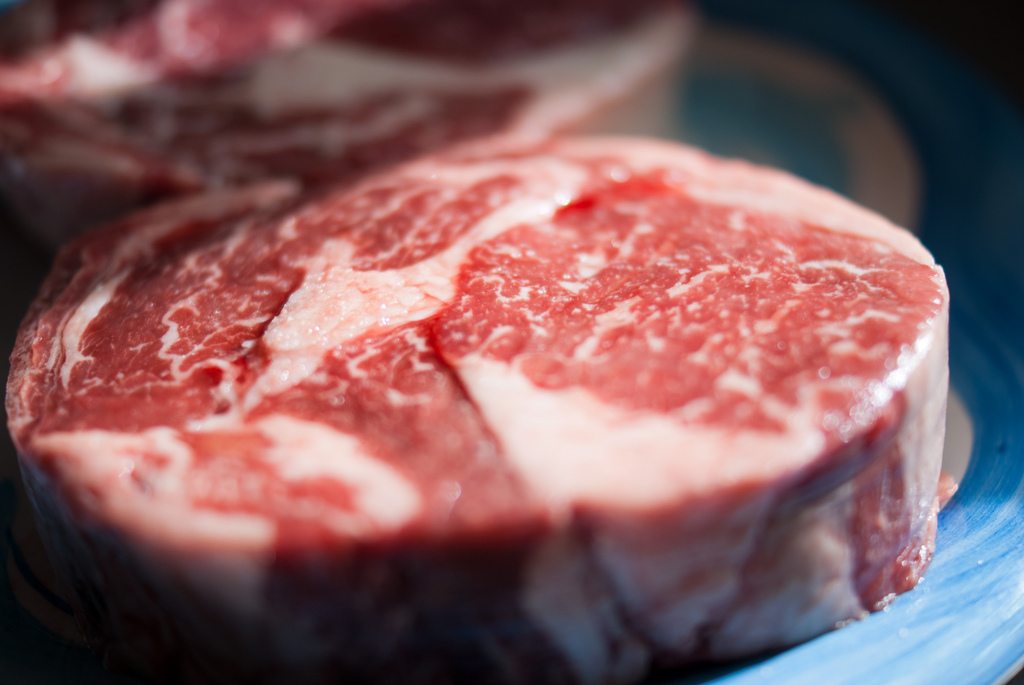
.
Over the past month or so, you’ve probably heard a lot about planet-friendly diets. The Canadian diet. The plant-heavy pegan diet. And perhaps, more than others, the EAT-Lancet Commission’s “planetary health diet.” These diets propose an approach to eating that balances the appetites of a growing global population with the increasing fragility of the earth itself. All, in one way or another, call for a drastic reduction in the amount of meat we’re eating. That’s especially true for Americans, who consume more of it than anyone else. Out with animals, in with beans—lots of beans.
The planetary health diet, which calls for a 50 percent reduction in global consumption of red meat and sugar, and an over 100 percent increase in nuts, fruits, vegetables, and legumes, by 2050, has already been taken to task for several reasons. The study’s lead author has been accused of pushing outdated nutritional science—in particular, recommending a diet low in saturated fats, which the report calls for in the form of less beef, eggs, and dairy. That’s pissed off the animal agriculture industry, and dietitians and paleo freaks aren’t having it either. Others have accused the authors of misunderstanding available resources for agriculture and sustainable food production, and called the funders out-of-touch, hypocritical Norwegian billionaires. If you’re snarky, you might just call it a virtuous rebrand of the now-aspirational Mediterranean diet—a characterization the study’s lead author might agree with.
But lost in all that hubbub is this: Are the study’s recommendations even practical? What if someone actually wanted to try saving the earth by following the planetary health diet to a T? That’s exactly what I did for a week, following the commission’s “healthy reference diet” that prescribed “macronutrient intake” for a variety of food groups. Reader, it wasn’t easy.
 .
. The EAT-Lancet Commission’s “healthy reference diet”
Saving the planet, one ounce at a time
The diet stipulates that most of a person’s daily intake should be coming from plants, especially whole grains, fruits and vegetables, legumes, and nuts. Consumption of poultry, eggs, and fish should be “modest,” and red meat, “if any,” should be low. But the report doesn’t stop with these generalities. Instead, it spells out the maximum allowable amount of each food category ounce by ounce, from fruit and tree nuts to dairy and lard.
What does that look like? Every day, it’s around 3.5 ounces of peanuts, almonds, walnuts, cashews, tree nuts and legumes, and a little less than one ounce of soybeans. An ounce of fish. (If you want to go higher, the authors say, it’s fine.) And then there’s meat. The diet recommends one ounce of chicken and poultry, and a half-ounce of beef, lamb, or pork. This is the heart of the planetary health regimen: cutting way back on meat, which is land- and water-intensive to produce, and agriculture’s largest contributor to greenhouse gas emissions. Also, eggs are practically non-existent on the diet. It recommends no more than a half an ounce per day, or fewer than two eggs total in a week.
(If that sounds like barely any meat at all, you’re right. One McDonald’s Chicken McNugget is around a half an ounce of chicken. A McDonald’s hamburger patty is about an ounce of beef. On average, Americans eat about 10 ounces of meat every day, according to recent figures.)
Carbohydrates primarily come from the permitted half-pound of whole grains. (Not the refined grains and white starch that are staples of a processed food diet.) They also come from 1.75 ounces of potatoes, tubers, or starchy vegetables, and over one ounce of added sugars and sweeteners, representing a more than 50 percent reduction for most Americans. Less than 5 percent of daily calories should come from sugar, the planetary health diet suggests.
The diet calls for over 10 ounces of non-starchy vegetables and seven ounces of fruit, or five total servings, every day. It also permits about a “moderate” consumption of a half-pound of dairy products, which comes out to about a cup of milk a day. (The authors recommend avoiding low-fat dairy foods, because the fat from those products is often repurposed in the manufacturing process as butter and cream, thus having no overall health effect on the human population as a whole. In other words, you can buy skim milk, but someone, somewhere, is going to eat the extra fat you dodged.) Finally, the diet allows for 1.75 ounce of added fats, which it says should come mostly from unsaturated plant oils, like olive and canola oil, with a small allotment for lard and tallow, as well as palm oil.
Here’s your cheat sheet: Every day, that’s two pounds of legumes, nuts, whole grains, fruits and vegetables, and a third of a pound of everything else.
Could I do it?
Right away, I decided to forgo eating anything that I myself hadn’t cooked. It was a simple, pragmatic choice. At restaurants, it’s often hard to be sure of all the ingredients used in a particular dish. Prepared foods you can buy at the grocery store tend not to reveal the amounts of those ingredients. There’s not space for that ambiguity in the EAT-Lancet diet. So I cooked for myself all week. (I’d just received an Instant Pot for Christmas.)
I wanted to prepare it all in one shot, writing recipes, buying ingredients, and cooking a week’s worth of meals, all in one Sunday afternoon. But that’s hard. I didn’t know what to eat. I live in a modest Brooklyn apartment, and can’t fit all of those groceries in my fridge. What started as a plan to buy everything at my local Foodtown—a cheap, no-frills supermarket chain—quickly became a daily, slapdash, semi-improvised effort to stay on the diet. Sure, I started at Foodtown. But almost every day, I bought more groceries—at my neighborhood baker, an organic grocer next to my doctor’s office, and the Whole Foods between The New Food Economy office and the subway—and hurried home to cook dinner and the next day’s lunch.
I decided not to start from scratch. I’m a member of a “fresh food box” CSA program, a weekly order of fresh fruits and vegetables. But I’m also not much of a cook, which meant I had lots of soon-to-rot produce already in my fridge, and plenty of raw grains and legumes in the pantry. In the spirit of the diet—one component of which is reducing waste—I ate what I had on hand.
 The New Food Economy / Sam Bloch
The New Food Economy / Sam Bloch The fresh food box haul of fruits, vegetables, kidney beans, and more than six weeks’ worth of eggs
It also helped that my girlfriend is a professional cook, previously in restaurants, and lately in editorial, writing and editing recipes for cookbooks and magazines. My friends think I eat like a king. But this week, I realized, that’s not it. I live with someone who knows what to do with food, and knows how to maximize ingredients. She has skills and expertise for which I, a philistine who’d just as well subsist on cereal and takeout, am extremely thankful. When we cooked, it was for two.
I had other principles. The EAT-Lancet recommendations are based on a 2,500-calorie-a-day diet, but as a 31-year-old adult male who walks or exercises every day, I should consume 2,600 calories per day. So I exceeded the recommended amounts by just a little, staying within the diet’s prescribed range. Also, the recommendations of legumes and grains are based on their raw, dry weight. I assumed that was true for vegetables that lose water weight when cooked.
What did I find after a week on the planetary health diet?
Because I tried hard not to eat something if I didn’t know the amount of every ingredient it contained, I cooked almost everything I ate. I weighed everything on a kitchen scale. I didn’t eat with friends. When they got pizza, I ate wheatberries and black beans out of a reused yogurt container. When they drank beer, I had water. Who knows how that stuff was brewed? (I eventually caved on this point, but more on that in a bit.)
I’m not used to cooking for myself, a task I found difficult and time-consuming. Making dinner and a lunch took hours. After cooking, eating and cleaning, I stayed up late to add up the day’s “macronutrient intake.” Often, I wished I could just order something. Much respect to America’s millions of dieters.
It’s more expensive to eat this way
But not a whole lot more expensive. To feed two people for a week, I spent $159.54 on groceries, and cooked with around $100 worth of ingredients I already had. That’s on the higher end of the cost spectrum. The USDA-recommended “moderate” grocery plan for a two-person household is $141.30 a week, according to recent figures. The “liberal” plan is $176.90 a week. Living in New York City is expensive, too. Groceries cost around 10 percent more here than they do in Chicago.
At Foodtown, a loaf of white bread costs $1.59, and whole grain costs $3.99. But I was buying foods made with as few ingredients as possible. To avoid bread made with added sugars, soybean oil, and preservatives, I went to my neighborhood bakery for a $7 loaf. (Not included in that price is the humiliation of being unable to explain what I’m looking for. “Are you trying to avoid white flour?” the shopkeeper asked. “I don’t know,” I said. “I can only eat whole grains.”) I had a similar experience with chicken stock. It was priced as low as $2. But the only stock without added flavors, sugars, or yeast cost $7.39.
There were other causes for higher spending. Cultural values, for one. I bought lamb at the Whole Foods near my office, instead of Foodtown, because my girlfriend prefers pasture-raised, grass-fed, or local meats, which are more readily available there. And I splurged on dried mango at $14 a pound. Expensive, delicious, but also, without the water weight, more filling. I could have bought a pound of bananas instead at 99 cents. Had I gone with cheap lamb and fruit, I could have been a USDA-moderate spender. That’s still far from the $88.90 weekly food budget that a two-person household receives under the Supplemental Nutrition Assistance Program (SNAP, formerly food stamps).
 The New Food Economy / Sam Bloch
The New Food Economy / Sam Bloch Whole grain bread, salad and tuna for lunch, almonds for a snack, and something not allowed on the diet—white rice
Here’s what a typical day looked like
I started the day with a fruit smoothie, made with almond milk, frozen berries, additive-free honey, and Greek yogurt, which was nothing but milk and cultures. For lunch, I made a salad of chopped fennel and celery, herbs, and chickpeas, which I’d bought dry, and cooked the night before in my Instant Pot. I also had canned tuna, and drained the olive oil to use as a salad dressing. (It’s not as gross as it sounds.) I had that along with what seemed like too many slices of whole-wheat bread.
To snack, I weighed out 20 raw, unsalted almonds—nearly three times what President Obama famously allowed himself each night—and a handful of roasted peanuts. I checked the label: the peanuts were roasted in peanut oil “and/or” sunflower oil. Both of these “unsaturated oils” were planetary diet-friendly. Could I figure out how many ounces of each oil I ate with every nut? Obviously not. I let it slide. (Have you ever had raw peanuts?)
For dinner, it was a planet-friendly spin on rice and beans—wheatberries and raw Goya black beans I had cooked with a strip of bacon. (Sugar-free.) I threw diced vegetables on top—bell pepper, radishes, and cilantro—and a squeeze of lime juice and grated some Monterey Jack. Based on the ingredients, I assumed it was whole-milk cheese.
 The New Food Economy / Sam Bloch
The New Food Economy / Sam Bloch The daily allotment of vegetables: lettuce, celery, turnips and half an avocado
And after all that, I still failed
I salted all that food, which otherwise would have been pretty bland. The bread, bacon, and cheese were processed with salt, too. The spirit of the diet is to eat as little salt as possible, because it’s linked to higher mortality. But unlike added fats and sugars, the amount of added salts I’m allowed to eat isn’t included in the reference diet. I gave myself some leeway there.
The greatest transgression was the most obvious—coffee. I can’t live without it. Should I have included three cups a day in my fruit allotment? Or my legumes? Coffee is a stone fruit, but the diet says “legumes, peanuts, tree nuts, seeds, and soy are interchangeable.” Who knows? I decided not to count it at all.
And I had almond milk.
A diet that doesn’t account for additives and preservatives is unrealistic.
What else is missing from the commission’s “healthy reference diet”? All the ingredients you typically see in processed foods, like partially hydrogenated oils, refined grains, and various salts and preservatives. That’s because, according to the report, processed foods are environmentally unsustainable. (The authors don’t make explicitly clear why.) To avoid them, eaters have to forgo packaged foods in nearly every aisle of the supermarket. There’s not a chance that would happen in America, where only 15 percent of people say they love to cook.
A diet free of additives and preservatives also makes it practically impossible to switch to substitutes or alternatives that are theoretically good for the planet, because their formulations can be too complicated. Look at the almond milk in my smoothie: I thought the substitute was a good idea—after all, the diet calls for less dairy and more nuts. But almond milk is made with sunflower lecithin and gellan gum. As with salt, the diet doesn’t offer an amount of allowable preservatives. It just offers a warning that they “substantially affect health.”
(Never mind that it took a lawsuit to reveal the amount of almonds in each serving, and that almond orchards need lots of water.)
Later in the week, I had a stir-fry. The tofu was made with calcium sulfate and magnesium chloride. Soy sauce has sodium benzoate. And the chili sauce was preserved with potassium sorbate and sodium bisulfite. Where was I supposed to draw the line?
Then there’s Just Egg, a legume-based egg substitute extolled as good for the planet. For a moment, browsing the aisles of the grocery, I thought about buying it. If I was allowed fewer than two eggs a week, a workaround could have been useful. But what about the 16 ingredients in the product? The label said the Just Egg “contains less than 2% of” various additives and preservatives. If I was keeping track of how much of each food group I was consuming, I’d assume the rest was water, legumes, and canola oil. But there’s no way to break that down into constituent parts, to know just how many legumes I would be eating in a single serving of “protein isolate.” The exact formulation is proprietary.
All of these questions in a grocery store aisle. I took a photo of the ingredient label and kept shopping. Imagine if I had wanted to add the Impossible Burger to my week’s menu.
 The New Food Economy / Sam Bloch
The New Food Economy / Sam Bloch Just Egg in the supermarket
Is this a diet about what we’re taking into our bodies or what we’re extracting from the planet?
What’s radical about the planetary health diet is that it’s asking us to consider its impact on our environment more than its impact on our body. That complicates things. Think about edamame, another attempt at eating my daily soy. It’s mostly inedible, save for the seeds. I’d have more bang for my buck with shelled edamame, rather than the raw product, which has a bunch of inedible mass I’d have to count toward intake.
But what happens to the excess vegetable material? When it’s being mechanically separated, is it getting trashed, or virtuously reused? Should I take control, buy whole edamame, and compost the skins? It was absurd, too thorny a question to answer standing there in the grocery store. In the freezer aisle, I went with the whole edamame. Some dumb part of my brain thought I should stick with whole foods and figure it out later.
Which leads me to ask: Is the guiding principle of this diet about what we eat, or about how much was used or wasted in the process of eating?
Can I live like this?
Probably not. Living with a meat-eater complicates things. A serving of kidney bean stew, made with what seemed a pitiful amount of lamb—a compromise—was in fact five days’ worth of red meat on the planetary health diet. The surprisingly small allotments complicate things. A can of tuna was equal to three days’ worth of fish. Two scrambled eggs was more than enough for the whole week.
If that issue—along with all my fretting in the supermarket, late nights cooking and calculating, and myriad unanswered questions—wasn’t enough, there’s also the issue of alcohol. Some evidence suggests beer’s main contribution to degrading the planet comes in the form of refrigerated brewing facilities and glass production. Five days into the diet, however, I’d had enough. I gave in and drank a Tsingtao, a beer “crafted using malted barley, hops, yeast and pure mountain water.” I don’t know if those brewing ingredients qualify as “whole grains.” And I didn’t call the beer company to ask. Does this mean I have to stick with grain alcohol if I want to save the planet?
Seriously. I can’t imagine a life without coffee. Or spices. Or seeds.
It seems a small thing, but the commission doesn’t consider how spices fit into the diet. How am I supposed to cook everything from scratch without pepper, or sumac, or anything else that adds flavor? And if I’m making my own preservative-free sauces or flavoring, what am I supposed to do about sesame seeds, chia, or flaxseed? Are they legumes? What about mushrooms? Guidance on substitutes would have been appreciated.
Ultimately, though, whether I choose to load up on salt, or mushrooms, or anything else, the commitment I make pales in comparison to the one needed from retailers and food companies, who have more power to reduce greenhouse gas emissions and conserve planetary resources. Sure, I can follow the broad strokes, but sweating the small stuff wouldn’t be nearly as useful as, say, using regulatory or financial weight to back a planet-healthy TV dinner that answers these questions for me. I’d even settle for a healthy planet cookbook.


